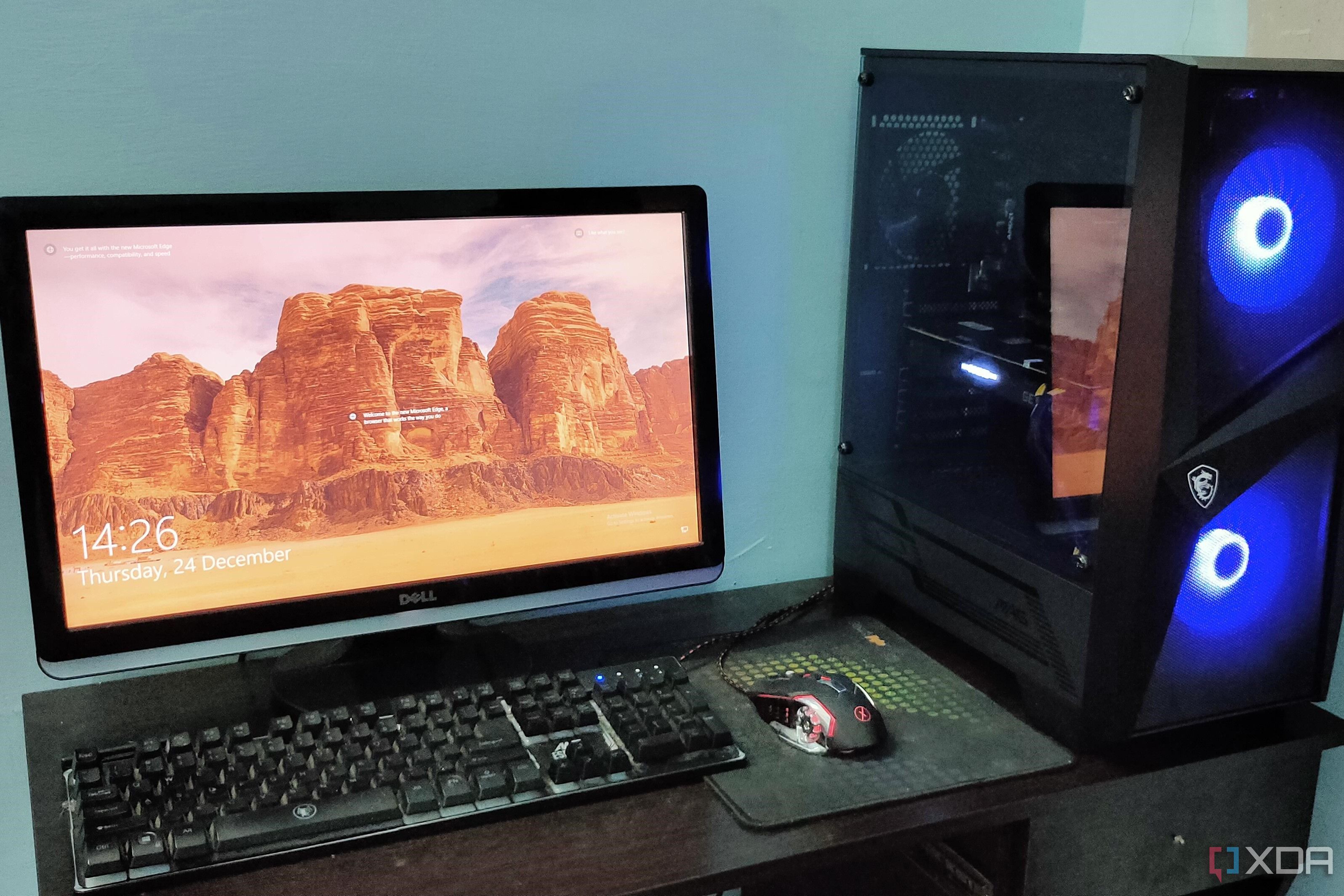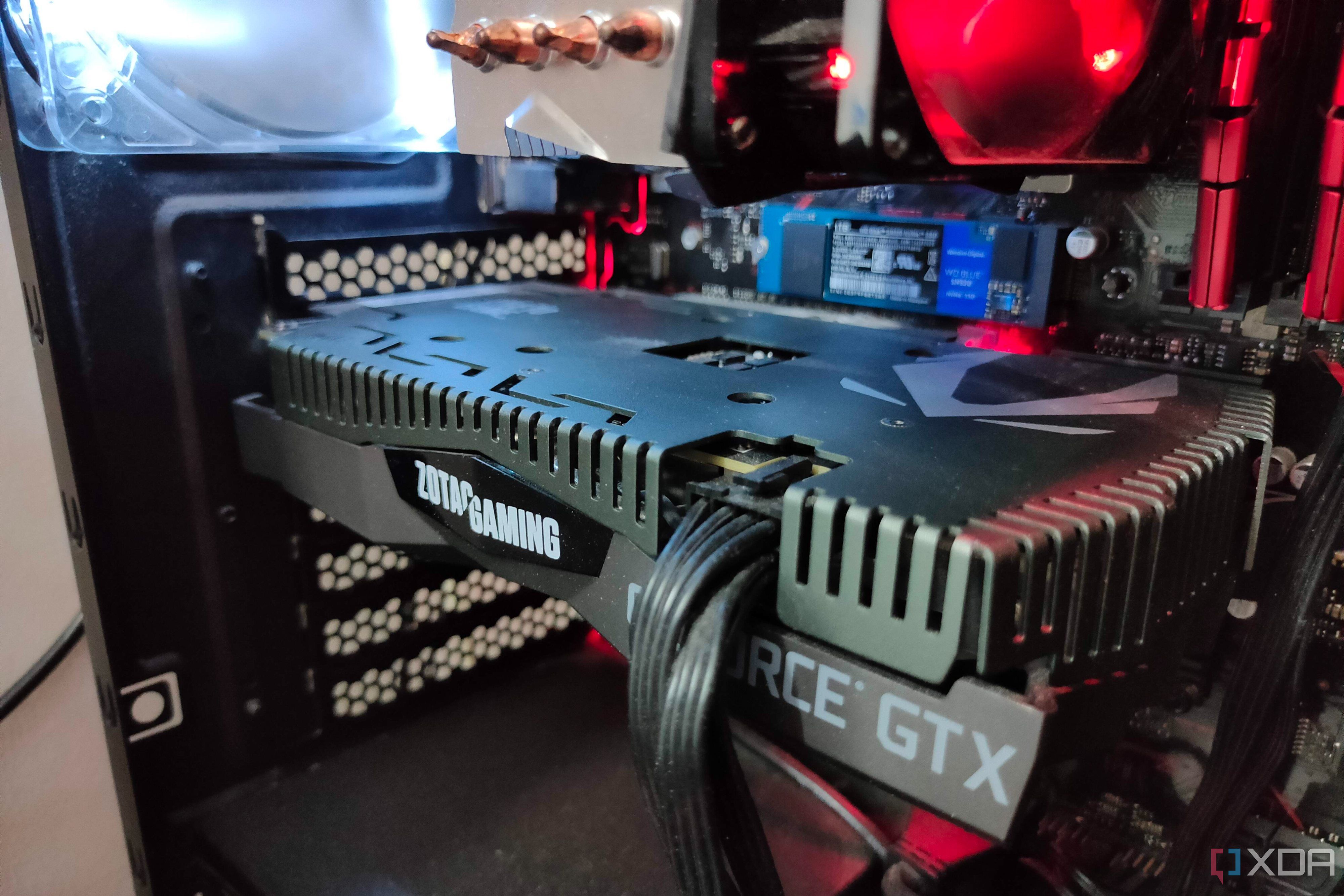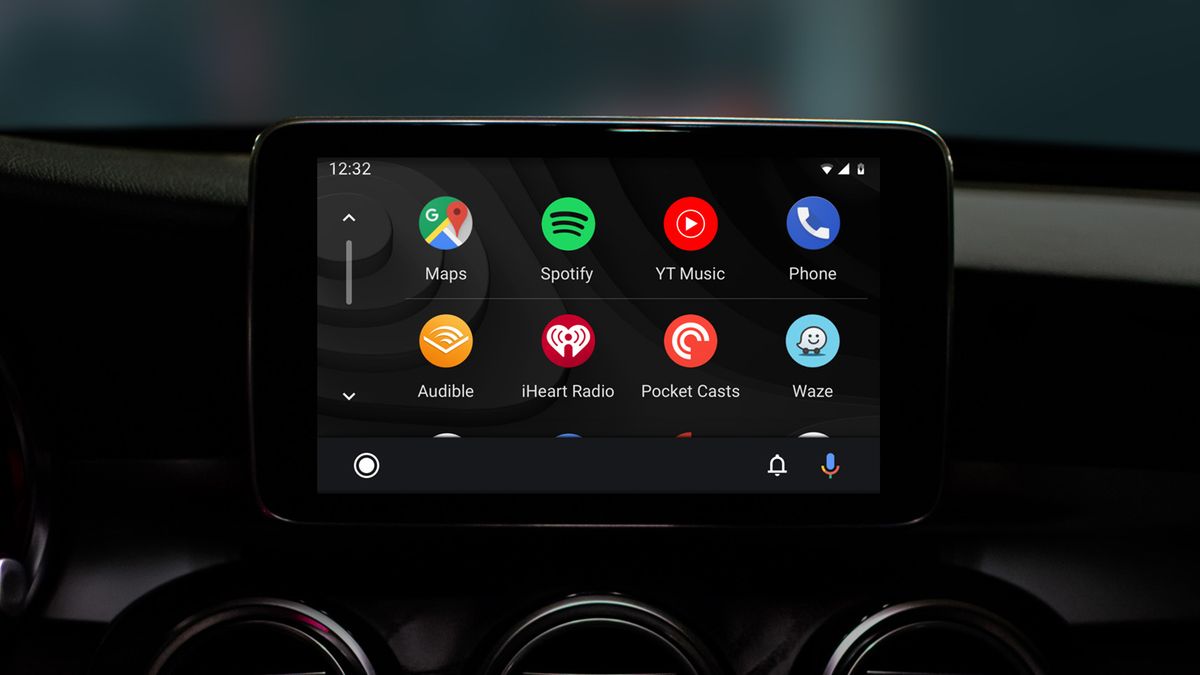Whether you're a gamer or a PC enthusiast in general, it's easy to fall into the trap of constantly upgrading your components. Trust me, I've been there, watching product reviews and benchmark videos on YouTube, convincing myself that my GPU or DDR4 RAM is holding me back. But after years of chasing incremental FPS gains, I've learned the hard way that sometimes the component you're obsessed with upgrading isn’t always the one holding your PC back.
Take it from me: spending money on a part that doesn't significantly improve your PC's performance—be it higher FPS, quicker load times, or smoother multitasking—will only leave you frustrated with a heavy dose of buyer's remorse. It's why I highly recommend monitoring your PC's performance first to pinpoint what's really slowing it down. So, if you've been pouring money into upgrades lately, here are a few signs that you might be focusing on the wrong parts.
4 No major FPS gains after a GPU upgrade
Your CPU is likely holding back your powerful graphics card
When I upgraded from the RTX 3090 to the RTX 4090 in 2022, I expected a significant boost in frame rates. After all, benchmarks from popular reviewers on YouTube claimed the RTX 4090 was 50–70% faster than the 3090. Unfortunately, that wasn't the case for me. At 4K, I did see a performance uplift in most games, but it wasn't anywhere near 70%. In reality, the gains hovered around 40–50%. At first, I assumed that these numbers were realistic for using a Ryzen 9 5900X, which wasn't the fastest CPU at the time.
Unfortunately, the FPS gains were even more underwhelming in competitive titles, especially at lower resolutions like 1080p and 1440p. In Valorant—a game I played daily—the RTX 4090 gave me just a 10% uplift in FPS, which was pretty disappointing for such an expensive upgrade. That’s when I dug deeper using MSI Afterburner and noticed my GPU usage hovering around 40-60%. That was a clear sign that my CPU was bottlenecking the GPU. Soon after, I upgraded to the 5800X3D, which significantly increased GPU usage and improved my FPS by 30-40%.
3 Doubling the RAM didn't improve performance
Memory capacity doesn't matter all that much beyond a point
If your PC still has 16GB of RAM, upgrading to 32GB can make a noticeable difference. Even though most games today still recommend 16GB, doubling it to 32GB helps reduce stutters, improves frame pacing, and speeds up load times, especially if you tend to run multiple apps in the background while gaming. However, going from 32GB to 64GB isn't beneficial unless you're using your PC for professional workloads like 3D rendering, 8K video editing, or running large language models locally. In fact, I've been using 64GB of RAM since 2020, and it hasn't benefited me yet.
For most gamers already using 32GB of RAM, a faster kit with tighter timings will deliver more real-world gains than simply increasing capacity. At lower resolutions like 1080p and 1440p, games tend to be more CPU-bound than GPU-bound, especially when you're targeting high frame rates. In these scenarios, a faster DDR5 kit can improve both your average FPS and 1% lows, resulting in a smoother and more consistent gaming experience. And lastly, if your games aren't loading any faster after upgrading your RAM, there's a good chance your storage drive is the real bottleneck.
2 Games don't feel smoother despite FPS boost
Your monitor's refresh rate might be the limiting factor
What's the point of spending hundreds, if not thousands, of dollars on high-end graphics cards if you don't really notice the FPS gains in the real world? That was mostly my experience when I upgraded from the RTX 3090 to the 4090 in 2022. While I did see performance improvements in graphically intensive AAA games, competitive titles were a different story. At the time, I played Valorant daily on a 1080p/240Hz monitor with the 3090, and the game already felt buttery smooth, pushing over 250FPS most of the time. After switching to the 4090, I didn't notice any difference at all.
I learned the hard way that a more powerful GPU doesn't guarantee noticeably smoother gameplay. Your monitor should be able to refresh fast enough to keep up with the frames rendered by your GPU—otherwise, those extra frames go to waste. That's exactly why I rushed to upgrade to a 1440p/360Hz monitor for competitive gaming. So, if you're planning to splurge on Nvidia's next flagship GPU while still gaming on a 1440p/144Hz or 4K/60Hz monitor, I highly recommend putting that money toward a faster display first.
1 Upgrading your CPU didn't fix micro-stutters
Your RAM is likely the bottleneck in CPU-bound scenarios
When you want consistently smooth performance at high frame rates, you'd typically upgrade to a newer, faster CPU. In theory, this makes sense because more cores, better boost behavior, and newer architecture can improve 1% and 0.1% low FPS. However, that alone doesn't guarantee your gaming sessions will be free of micro-stutters. For instance, if your RAM simply isn't fast enough—even with XMP or EXPO profile enabled in the BIOS—you might still run into micro-stutters. In that case, it may be time to upgrade to faster DDR5 memory.
It's also worth noting that AMD's non-X3D CPUs are more memory-sensitive than Intel's offerings, so pairing them with fast RAM and low CAS latency is key to unlocking their full potential. However, if you have an X3D chip like the Ryzen 7 5800X3D or 7800X3D, RAM speed doesn't matter as much, as the large L3 cache helps offset memory bottlenecks. That's likely why I stopped experiencing micro-stutters in some competitive titles like Apex Legends and Call of Duty: Warzone after swapping my 5900X for a 5800X3D.
Find the bottlenecks before you splurge on PC parts
There's no doubt that your graphics card does all the heavy lifting while gaming, but if the rest of your system is lagging behind, you're not getting the most out of that expensive purchase. Remember, the best upgrades aren't always the most expensive ones. I learned that firsthand when I saw a major performance boost from my RTX 4090 simply by swapping my processor for a 5800X3D. So, before throwing more money at your rig, step back and evaluate what it actually needs. Use tools like MSI Afterburner to identify bottlenecks—doing so can save you a lot of money and frustration in the long run.

Related
5 PC building rules my younger self always ignored
I know better now, but I had some close calls back then
.png)












 English (US) ·
English (US) ·